I was glad when I heard that the war was over. Those was pitiful times — pitiful times!
Lucy Walker, 1913 (Johnson, 1915, p. 395)
Lucy
After the Civil War ended, Lucy married Frank A. Walker in 1865, and together they adopted a son named William E. Walker, who was born in January 1872. She remained in the same community in and around Belle Grove Plantation until she died in 1926.
Rebecca
As for Becky, she returned home to Warren County, Virginia, taking care of her brother, David, until at least 1880; we’re not sure when David died, but it was likely some time between 1880-1890, at which point Becky lived with her eldest son, Benjamin, until her death in 1902.
Race in Early Census Records
Take a closer look at Lucy’s death certificate. Does anything stand out to you?
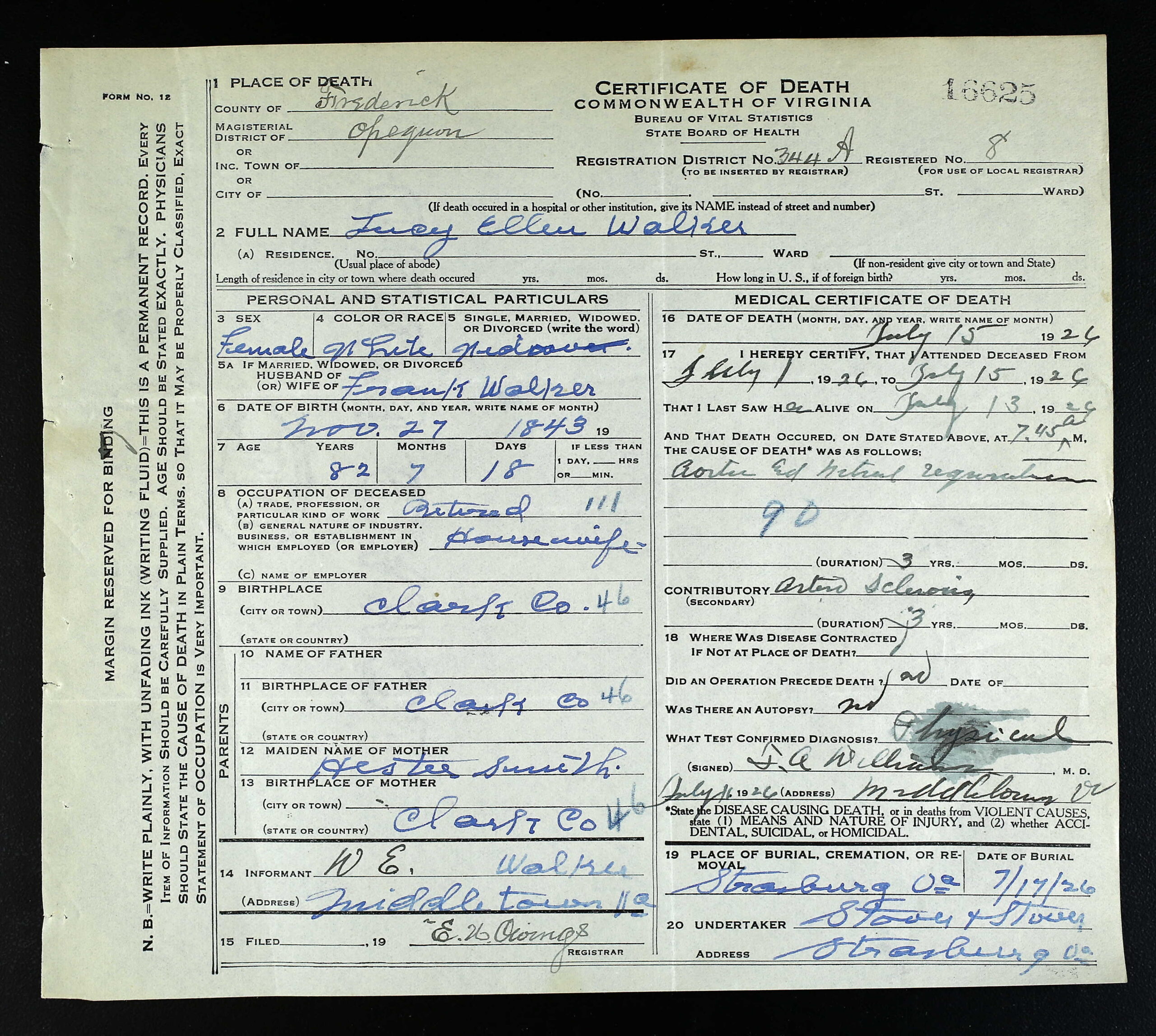
She’s listed as white.
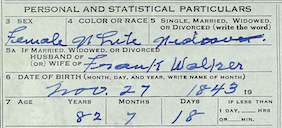
In 1900, Lucy’s living with her husband, Frank, and their adopted son, William. In this census, she’s listed as Black, as is everyone else in the house.

In 1910, she’s living with William, William’s wife, and their children. In this census, she’s listed as Mulatto, as is everyone else in the house.
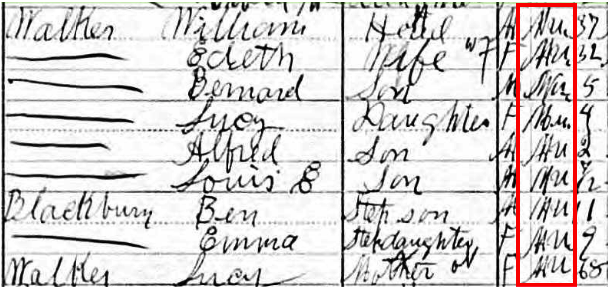
In 1920, she’s living by herself, and she’s listed as white. She died just a few years later and is again listed as white.

The people who conducted the census were called enumerators. We pulled the instructions from the 1920 that were provided by The Department of Commerce, Bureau of the Census. The cover says, “Study these instructions carefully before beginning work and carry this book with you during your work.” The introduction goes on to say, “You MUST read these instructions from beginning to end as soon as you receive them. Make a note of any instruction you do not understand, and have it explained by your supervisor either orally or by writing him. Read the instructions through again at least once before you begin your work. Carry them with you while doing your work and look up, by using the table of contents, any question that may arise.”
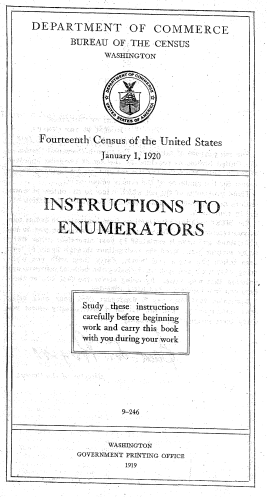
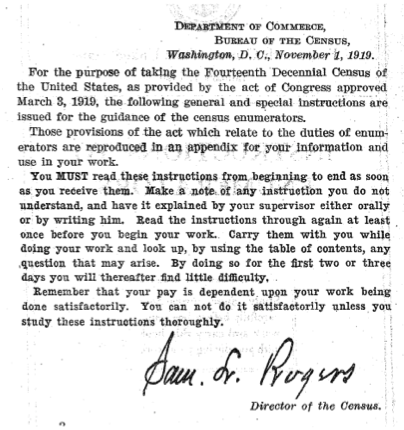
Deeper in the instructions are instructions on how to identify sex and color or race. It’s very likely, although we don’t know for sure, that Lucy was very fair skinned and could pass as a white woman. However, when she was living with her husband and son in previous census records, entire households were classified the same, which is why she’s listed as black in 1900 and mulatto in 1910.
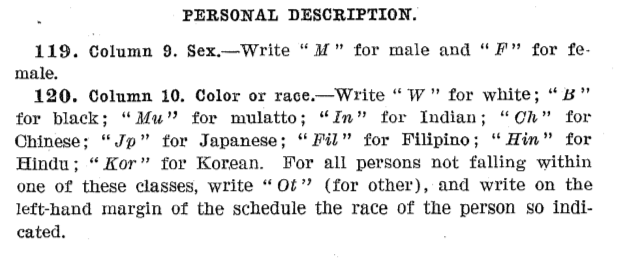

Closing thoughts
Just four pages total with a little over a thousand words is all it took to discover Lucy Walker, a woman whose story would have never been told had it not been for Clifton Johnson. Historians at Belle Grove have access to personal accounts from soldiers during the Civil War, but Lucy’s account is the only one to-date that tells the story of October 19, 1864 from a woman’s standpoint – how she was feeling, what she did during the fighting, and where she went to keep safe. Lucy’s account may not be long, but to have the chance to tell someone’s story by piecing together those breadcrumbs left behind is what being a historian is all about.
Go to previous section, The Battle of Cedar Creek through Lucy’s Eyes
Go to next section, Learning Activities
DEPARTMENT OF COMMERCE, BUREAU OF THE CENSUS. (1919). INSTRUCTIONS TO ENUMERATORS. Government Printing Office. https://www.census.gov/content/dam/Census/programs-surveys/decennial/technical-documentation/questionnaires/1920instructions.pdf
Year: 1900; Census Place: Newtown, Frederick, Virginia; Roll: 1709; Page: 6; Enumeration District: 0026; FHL microfilm: 1241709
Year: 1910; Census Place: Opequon, Frederick, Virginia; Roll: T624_1629; Page: 19A; Enumeration District: 0033; FHL microfilm: 1375642
Year: 1920; Census Place: Opequon, Frederick, Virginia; Roll: T625_1890; Page: 12A; Enumeration District: 40